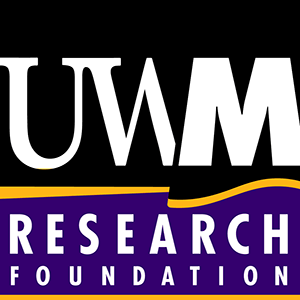
OTT1585
Applications
Water, wastewater treatments, surface alloying, gravity sand casting, corrosion resistance, wear resistance, and surface modifications.
Target Problems
Current techniques used to coat mild steel components are messy, difficult and not applicable for applying coating on large hollow and complex geometries and can release harmful chemicals into water..
Key Benefits
- Low cost – Low-cost approach with enhanced surface properties.
- Versatile – No size or shape limitations.
- Single Step Process – Straight forward coating process that can be done during the casting process itself.
- Precise – Thickness control in the range of 200-400 microns by controlling the powder quantity in the
slurry
Technology
Inventors at University of Wisconsin, Milwaukee (UWM) have developed an alternative approach of surface alloying that enhances surface properties of steel components during the casting process itself. Although alloying of mild steel is a viable solution for corrosion resistance, it is very expensive when the entire cross-section is alloyed, increasing the overall cost of the system. This specialized technique allows addition of metal alloying powders and their combinations to the surface of low-cost mild steel during the sandcasting process under laboratory and full-scale industrial casting.
Steels of selected grades are in high demand for applications in the water and wastewater industry. This technique features a surface alloyed layer, a transitional layer, and a base metal containing several elements to be utilized for components like valves, fittings, flanges, and pump casings. Wear and corrosion of metal components, especially mild steel components, used in the water industry is a concern.
